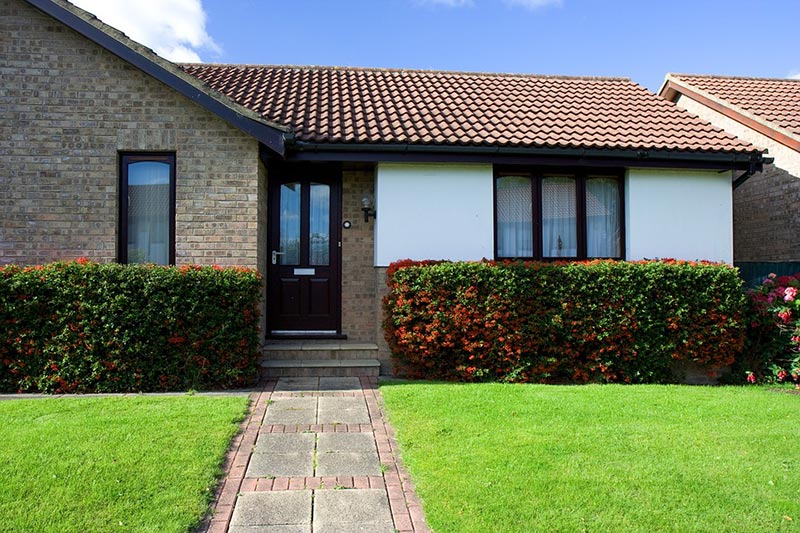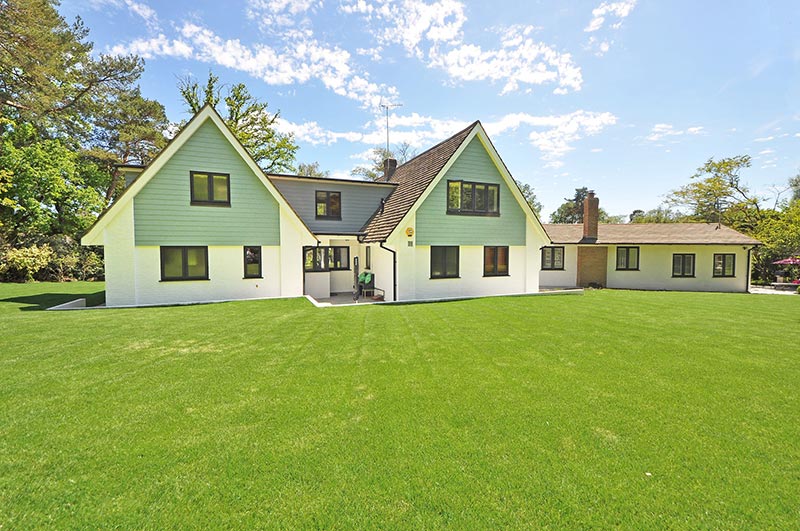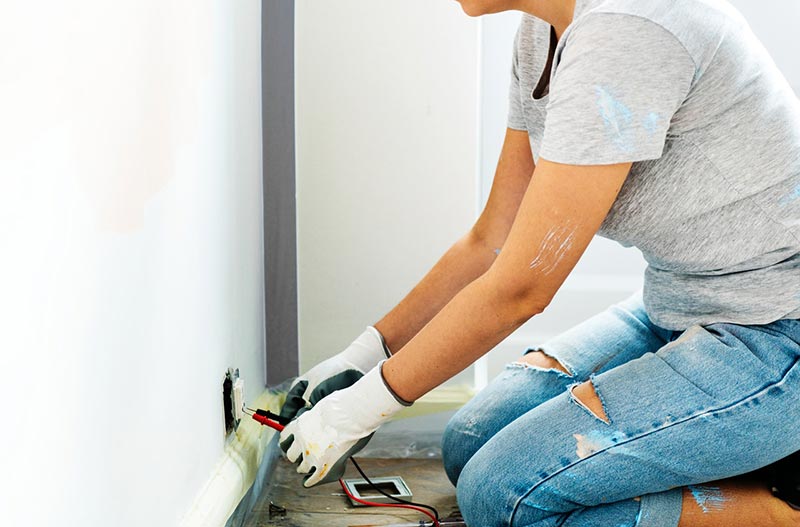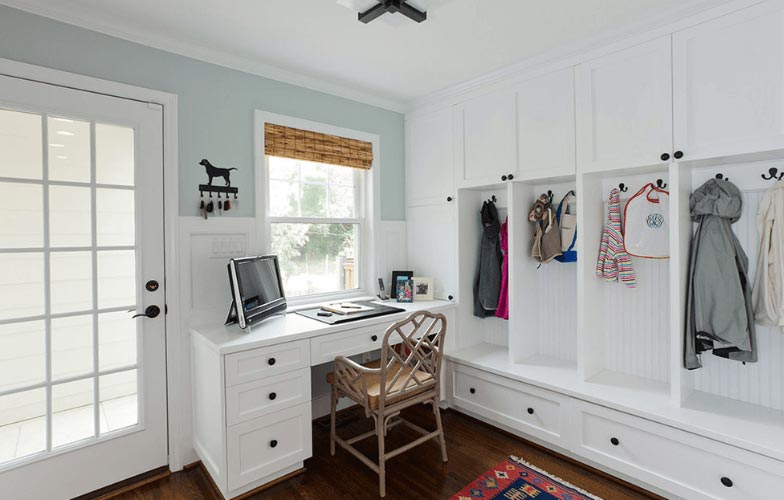
Now that summer weather is here, it’s time to start thinking about lawn maintenance. This is especially true when it comes to keeping weeds at bay. With that in mind, here are all the weed prevention tips that you need to know. Take the time to read them over so that you’re ready to keep your lawn in tip-top shape this summer.
Treat weeds before they happen
The best way to save your garden from being overrun by weeds is to take care of them before they even have a chance to take root. Preemergent herbicides are one way to do this. As the name suggests, these remedies are meant to treat weeds that have not yet emerged from the soil. For those wondering, both commercial and natural varieties — like corn gluten — are available.
If you’re buying commercial, which herbicide you should purchase depends largely on what type of weed appears most frequently in your lawn. You’ll want to be sure to read labels carefully throughout the entire process. Each preemergent must be mixed to the manufacturer’s instructions, then distributed at a specific rate throughout your target area. All preemergents are activated by water, so make sure to give the area a good soak after you’ve finished the application.
Know what type of weed you’re facing
Believe it or not, not all weeds are created equal. There are actually three distinct subtypes of weeds and each has its own ideal prevention strategy. The types are as follows:
- Grassy weeds: These weeds may look similar to the grass on your lawn. In fact, they’re even considered grasses. Examples include crabgrass, goosegrass and barnyard grass. The way to attack these weeds is to keep your grass longer and to water it deeply. Longer grass shades the soil, helping to prevent the weed seeds from germinating, while longer, infrequent waterings help encourage strong root growth for your grass.
- Sedge weeds: Sedge weeds look a lot like grassy weeds, but they have unjointed stems and are most often found in marshes and bogs. It’s important to note the difference because herbicides geared towards grassy weeds will not work on these varieties. Some common types of sedge weeds are yellow and purple nutsedge, wild onion or garlic and Star of Bethlehem.
- Broadleaf weeds: Broadleaf weeds are the most common weed variety found in gardens. Their leaves are wide and flat with net-like veins. This type of weed includes dandelions, ground ivy, white clover and violets.
Create unfavorable weed conditions
Just like other plant varieties, weeds need favorable conditions in order to grow. When you’re trying to keep weeds to a minimum, your goal should be to create the opposite: a lawn and garden environment that makes it difficult for them to flourish. The harder it is for weeds to grow, the less likely it is for them to be able to spread their seeds and begin to take over your lawn.
As far as creating an unfavorable environment, there are multiple steps you can take. However, properly mulching is one of the best. Start by placing a layer of newspaper or fabric on top of the soil to block out any light. Then, add about two inches of mulch over the top before putting in your plantings. You’ll also want to make sure to plant items close together so that there’s less room for weeds to grow in between them.
Weed at the right time
There’s an old saying: “Pull wet, hoe dry.” It’s good advice to keep in mind when looking for the best time to weed. Conventional wisdom states that the best time to pull weeds out by the root is right after a rainstorm. However, if you’re going to weed when it’s dry, the better bet is to use a hoe with a sharp edge to slice the weed just below the soil line.
In situations where the weed cannot be easily removed — such as in a tightly-packed flower bed — aim to lop off its head. Simply use a pair of pruning shears to do the job. This forces the weeds to use up their food supply and reduces their root buds, which minimizes their ability to spread.





